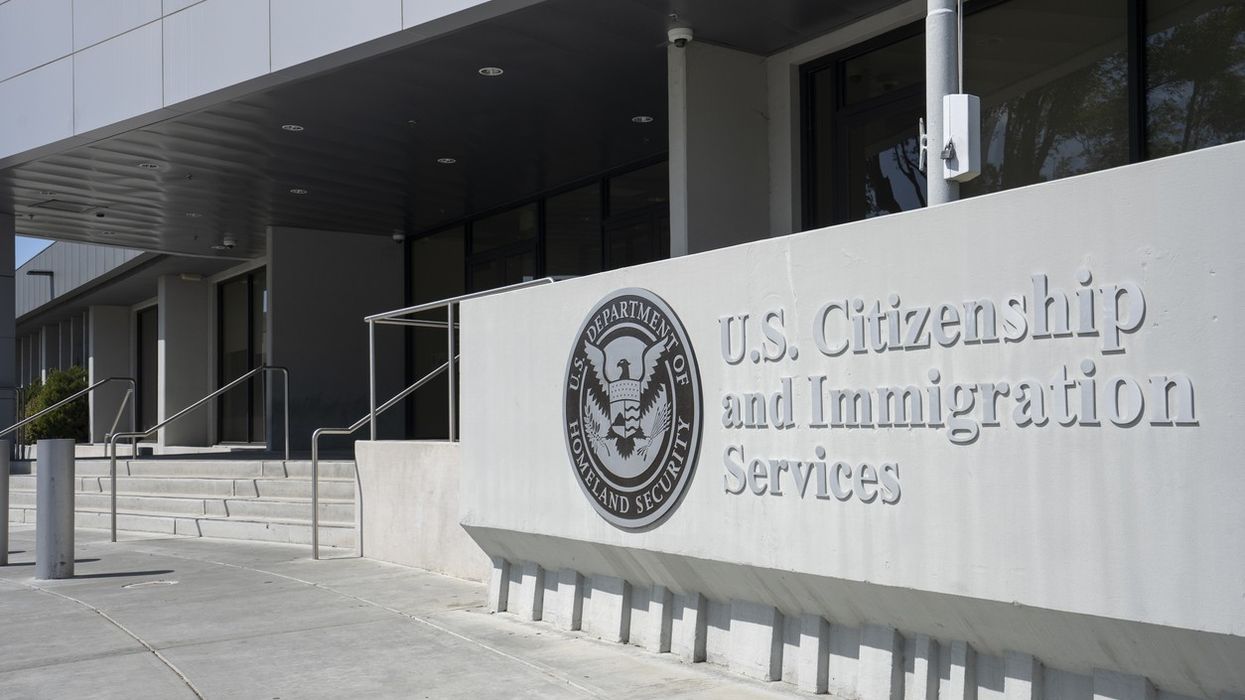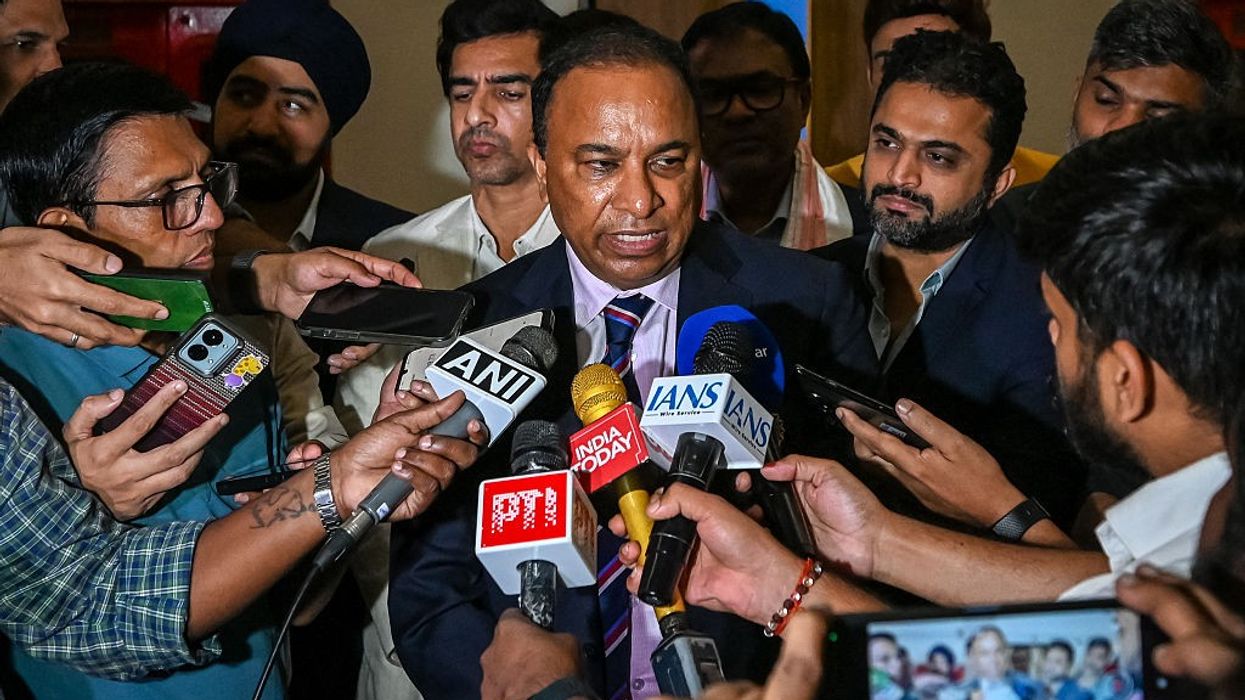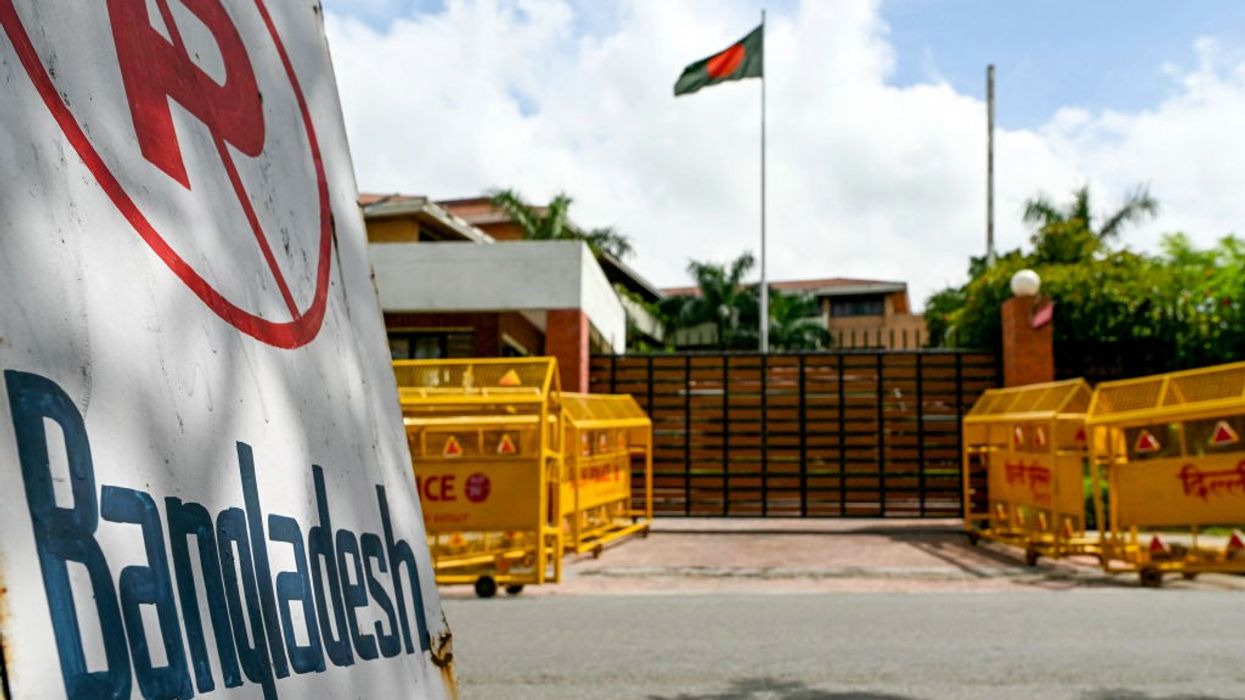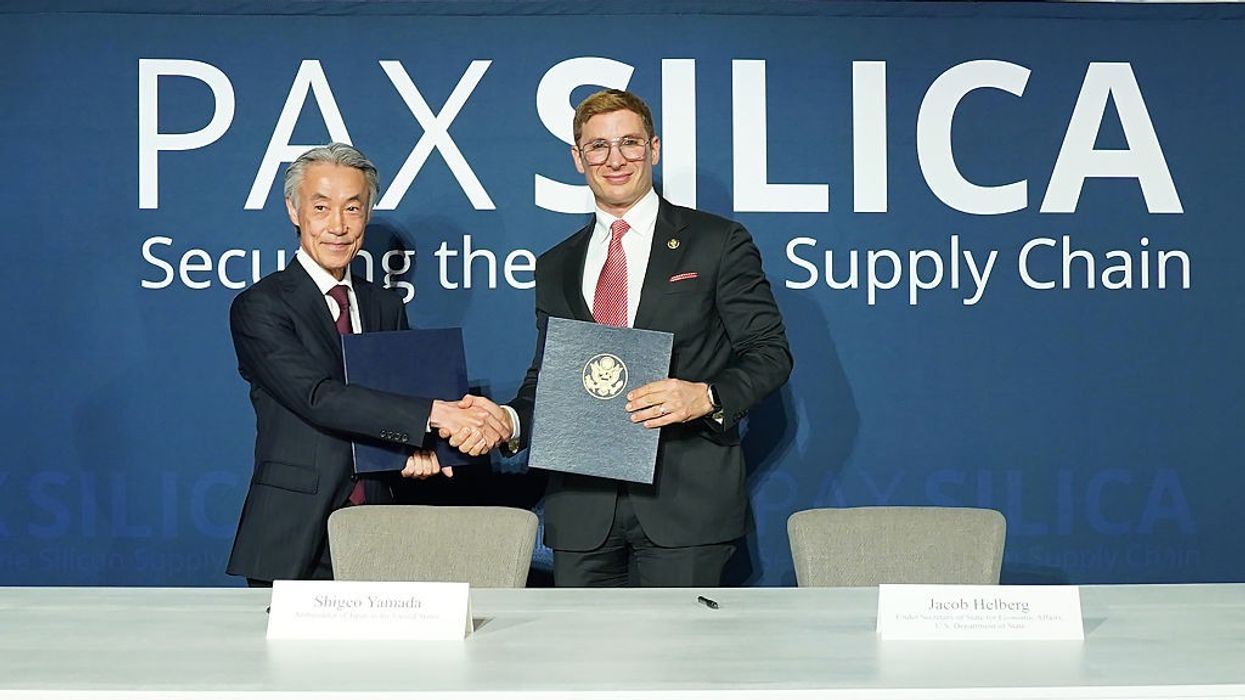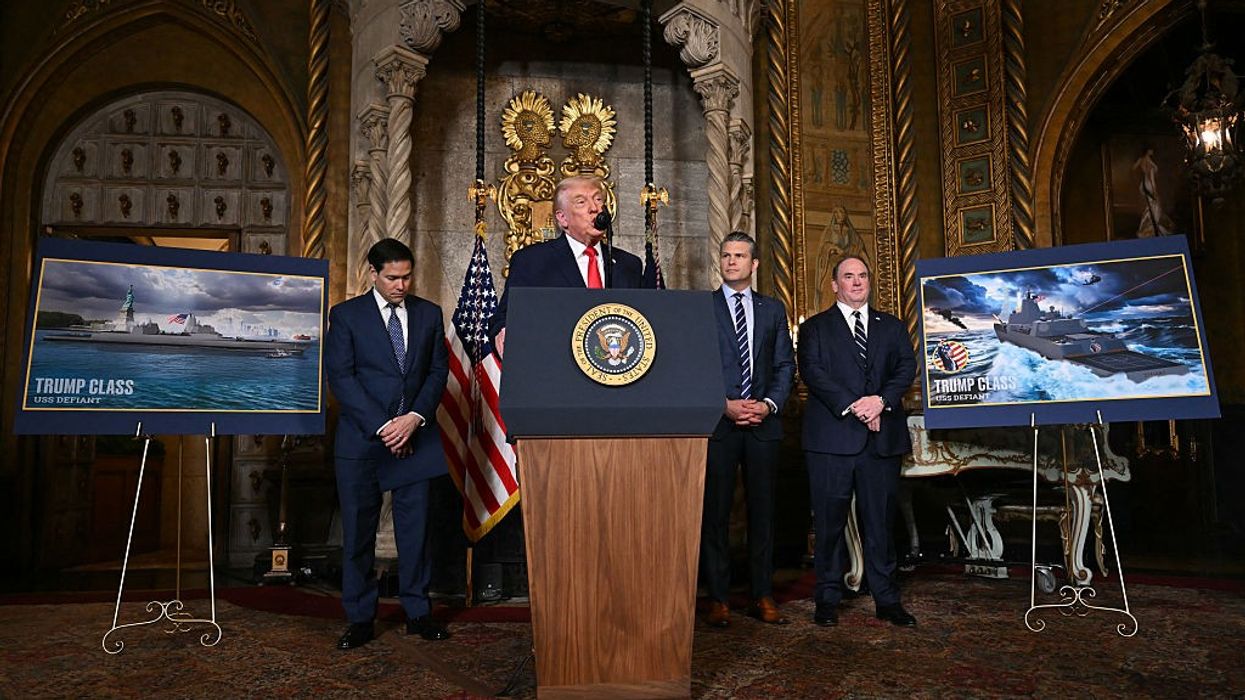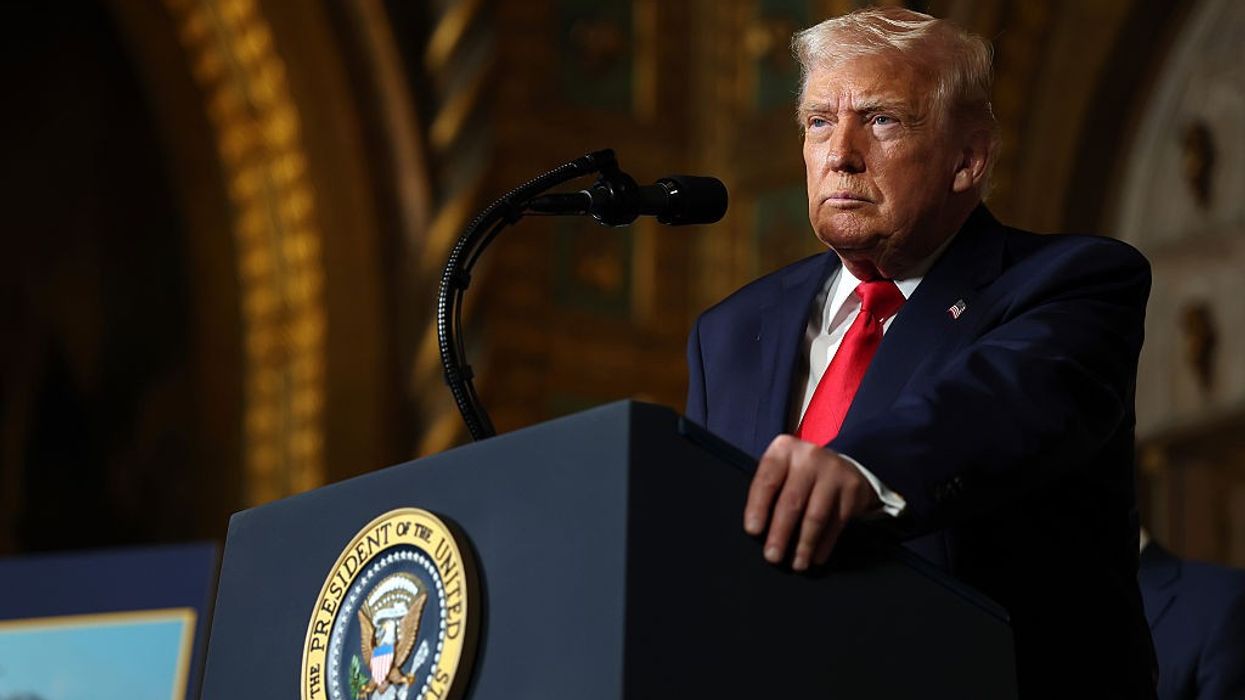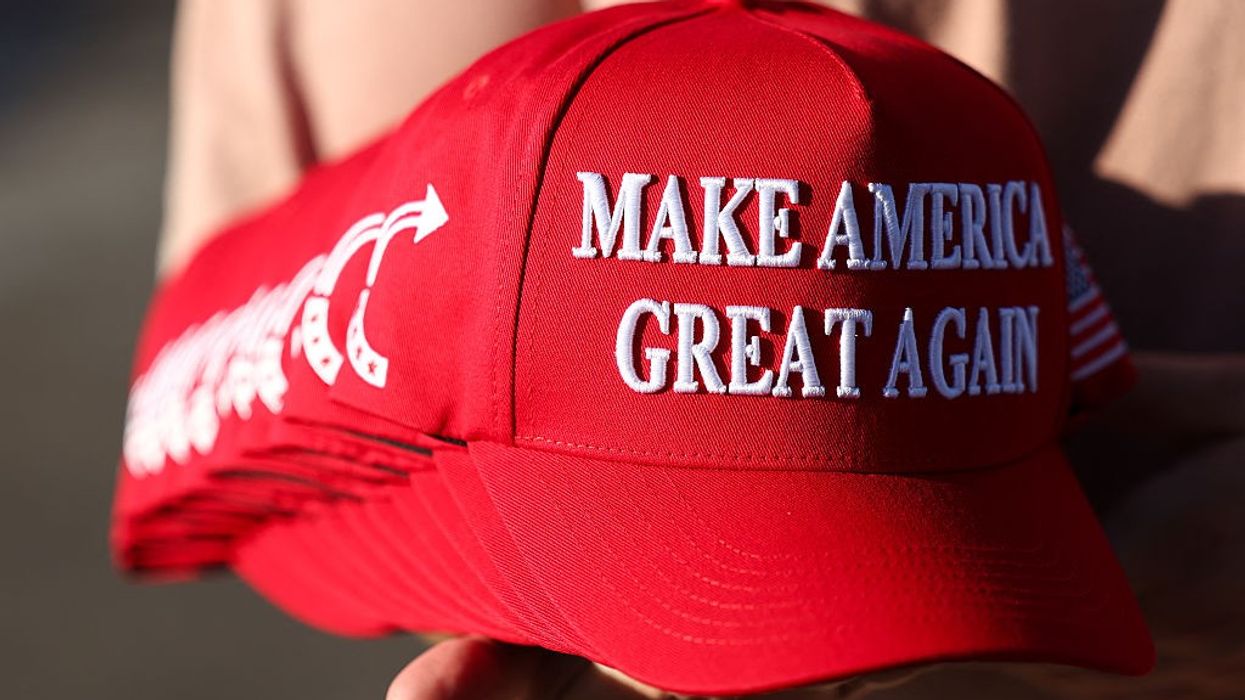Highlights:
- USCIS received over 35,000 applications for Homeland Defender jobs.
- This is the agency's largest job response ever recorded.
- Roles focus on interviews, document reviews, and security checks.
- Many selected candidates come from military and law enforcement.
- USCIS is offering bonuses, loan help, and remote work options.
The US Citizenship and Immigration Services (USCIS) has received an overwhelming response to its new Homeland Defender positions, with more than 35,000 applications submitted within weeks of the program’s launch. This marks the highest number of applications for any job recruitment in the agency’s history and reflects strong public interest in roles tied to national security and immigration integrity.
Indian Americans, a community of over 5 million people in the US, constitute a significant portion of the immigrant workforce, especially in fields related to technology, healthcare, and public service, making them a key demographic likely engaged with this hiring drive.
The Homeland Defender hiring drive, launched on September 30, aims to build a stronger workforce dedicated to interviewing visa applicants, reviewing immigration documents, and identifying potential security risks. Given that Indian Americans hold the majority of H-1B visas and many are actively employed in immigration-dependent sectors, this program’s emphasis on speeding up immigration processes while strengthening security checks is particularly relevant to the community.
USCIS Director Joseph Edlow described the early response as “a tremendous success,” noting that the agency’s strategic outreach across social media platforms significantly widened the pool of applicants.
Many selected candidates come from backgrounds in law enforcement, the armed forces, or public safety services like sectors where Indian Americans, due to their growing representation in civic roles, may also be increasingly present.
The agency is offering incentives such as signing bonuses up to $50,000, student loan repayment assistance, and flexible work options, which align well with Indian Americans' professional aspirations and educational profiles.
To further boost recruitment, USCIS is fast-tracking entry-level hiring and does not require a college degree for some of these positions, allowing skilled applicants with relevant experience or training to join the workforce efficiently. This inclusivity may attract more Indian Americans, who rank among the highest-educated immigrant communities, including many with experience in security-related fields.
The first cohort of Homeland Defenders is expected to begin work soon, marking a major step in enhancing the integrity and effectiveness of the US immigration system that Indian Americans have become deeply intertwined with through employment, family immigration, and civic participation.
Their significant population presence, particularly in states like New Jersey (with about 5 per cent Indian-origin population), New York, and Virginia, underscores the importance of these roles for sustaining lawful and secure immigration pathways.
